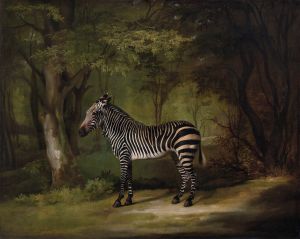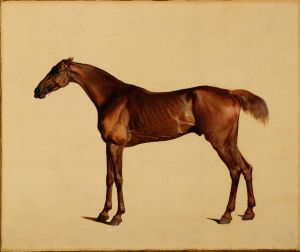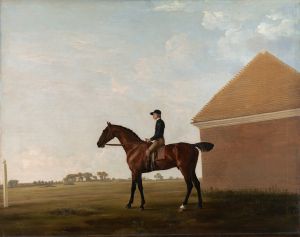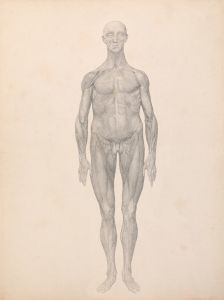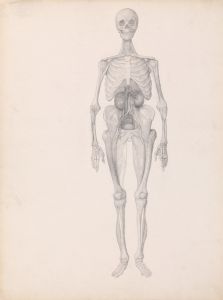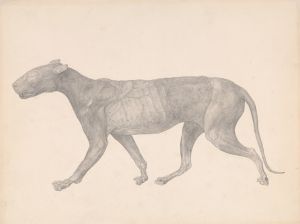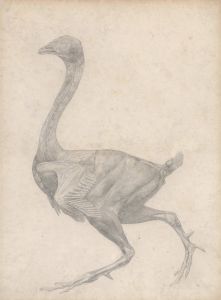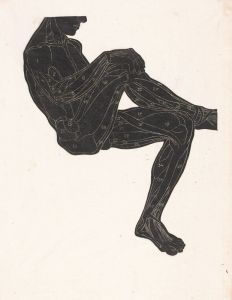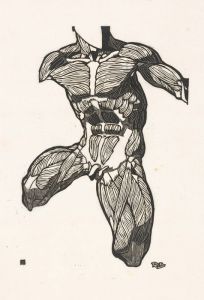
Human Skeleton, Anterior View
A hand-painted replica of George Stubbs’s masterpiece Human Skeleton, Anterior View, meticulously crafted by professional artists to capture the true essence of the original. Each piece is created with museum-quality canvas and rare mineral pigments, carefully painted by experienced artists with delicate brushstrokes and rich, layered colors to perfectly recreate the texture of the original artwork. Unlike machine-printed reproductions, this hand-painted version brings the painting to life, infused with the artist’s emotions and skill in every stroke. Whether for personal collection or home decoration, it instantly elevates the artistic atmosphere of any space.
George Stubbs, an English painter best known for his detailed and anatomically precise depictions of horses, also created works that explored human anatomy. One such work is Human Skeleton, Anterior View, which showcases Stubbs's meticulous attention to anatomical accuracy. This painting is part of a series of studies that reflect Stubbs's deep interest in the structure of living beings, particularly in the context of the Enlightenment's emphasis on science and empirical observation.
Stubbs's interest in anatomy was not limited to animals; he also studied human anatomy extensively. To achieve the level of precision seen in works like Human Skeleton, Anterior View, Stubbs conducted dissections and made detailed observations. His anatomical studies were informed by his broader artistic practice, which sought to combine scientific inquiry with artistic representation. This approach was characteristic of the 18th century, a period when art and science were often intertwined.
The painting itself depicts a human skeleton from the front (anterior) view. The skeletal structure is rendered with remarkable detail, emphasizing the proportions and relationships between different bones. Stubbs's ability to capture the intricacies of the human form demonstrates his skill as both an artist and an anatomist. The work is not only a study in anatomy but also an example of Stubbs's broader interest in the natural world and his commitment to accuracy.
While Stubbs is primarily celebrated for his equine portraits, his anatomical studies, including Human Skeleton, Anterior View, contribute to his legacy as a pioneer in combining art and science. These works reflect the intellectual climate of his time, which valued observation, documentation, and the pursuit of knowledge. Stubbs's anatomical studies were likely intended for educational purposes as well as artistic exploration, aligning with the Enlightenment ideals of disseminating knowledge.
The exact date of creation for Human Skeleton, Anterior View is not definitively documented, but it is consistent with Stubbs's broader body of work in the mid-to-late 18th century. The painting is often discussed in the context of Stubbs's anatomical studies, which include both human and animal subjects. These works underscore his dedication to understanding and representing the natural world with precision and care.
Human Skeleton, Anterior View remains an important example of Stubbs's contribution to the intersection of art and science. It highlights his role as an artist who sought to expand the boundaries of artistic practice by incorporating scientific methods and knowledge into his work.





